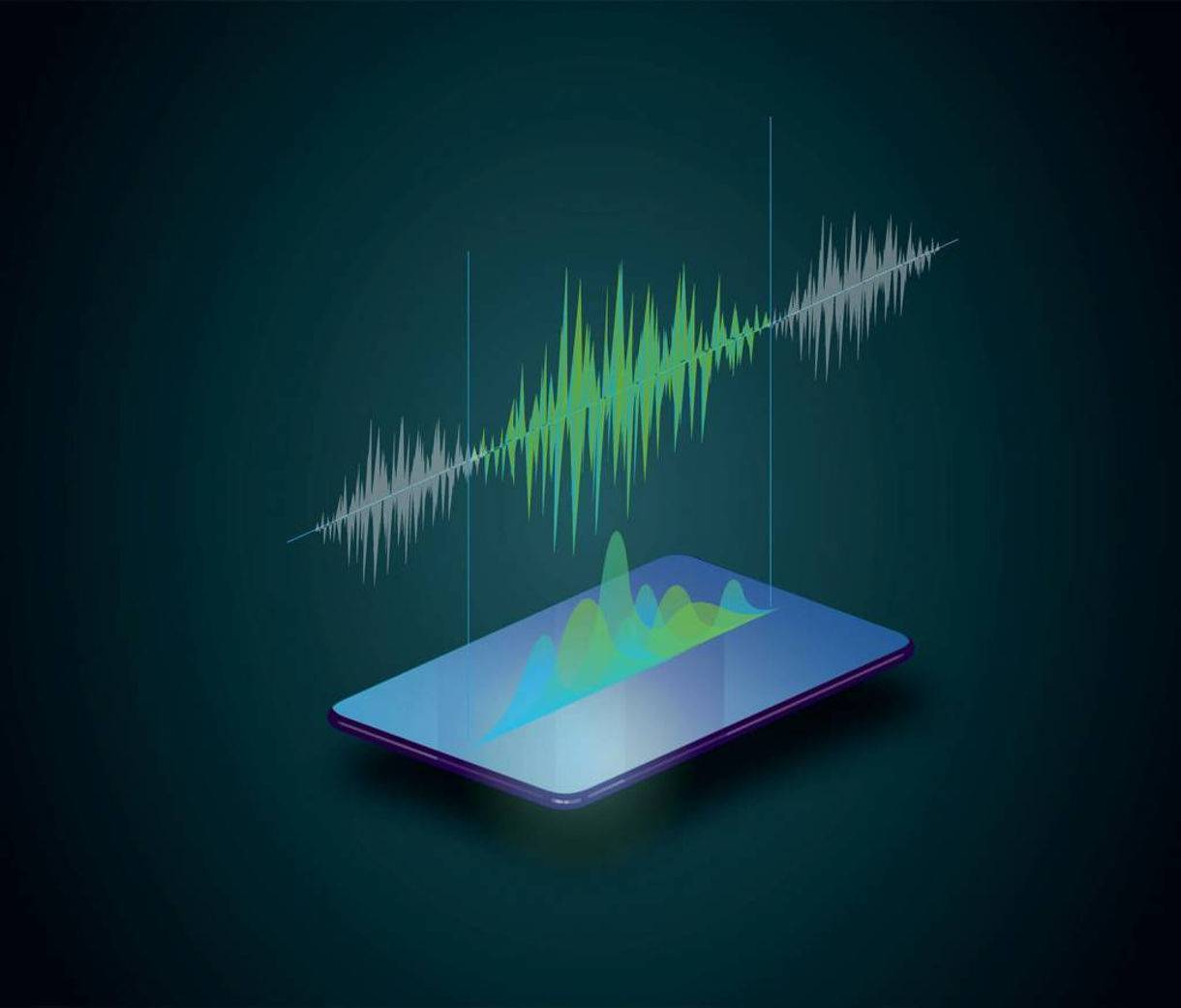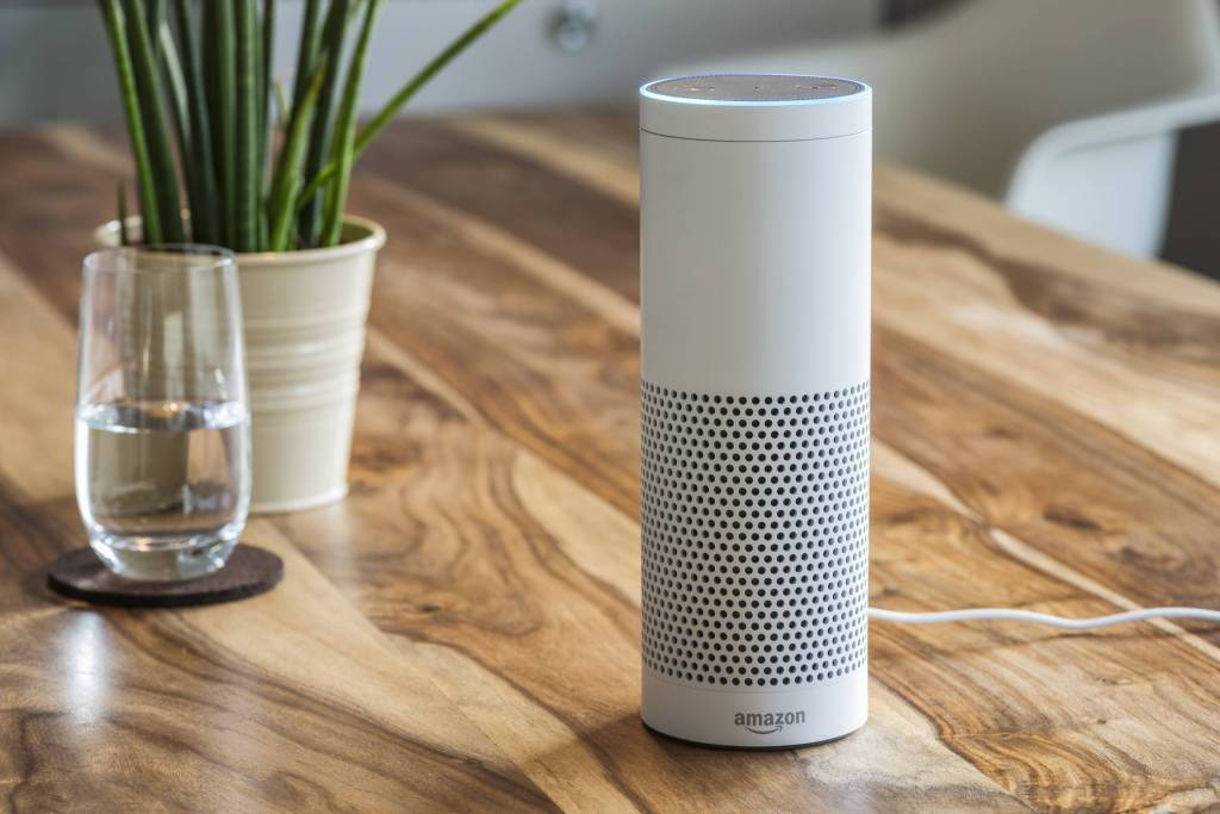

Voice Search Statistics and Emerging Trends
In the digital world, significant innovations seem to change how we all use the internet. As voice search technology has leaped forward in recent years, the way many of us search online is changing. To capitalize on its rapid rise in popularity, SEO strategists must identify emerging trends in voice search statistics.
Some Background on Voice Search
Introduced by Google in 2011, voice search was initially more of a novelty than a feature that users relied upon at the time. However, improvements in speech recognition technology have thrust voice search to the forefront of search marketing. Current statistics show that 41% of adults use voice search at least once per day. It is estimated that in 2020, more than half of all smartphone users engaged with voice technology on their device.
As voice search technology keeps improving, and connected devices keep adding and enhancing voice-enabled functions, digital marketing pros can study the latest voice search statistics to identify new trends that reveal how the search habits of their customers continue to change moving forward.
Here are the top voice search statistics and trends to watch in 2022:
Top Voice Search Statistics
- Google reports that 27% of the online global population is using voice search on mobile.
- eMarketer predicted that over a third of the US population (111.8 million people) would use a voice assistant monthly in 2019, up 9.5% from 2018.
- ComScore reports that more than half of all smartphone users are engaging with voice search technology in 2020.
- A Gartner study predicts that 30% of all browsing sessions will include voice search by 2020.
- Voicebot.ai reports that over half of all adults have used voice search, with 33% using voice search monthly in early 2019, jumping up from 25% in 2018.
- According to NRP and Edison Research, 1 in 6 Americans owned a smart speaker in 2018.
- 1 of every 4 American homes equipped with Wi-Fi owned a smart speaker in 2018, according to Nielsen.
- According to Google, 52% of smart speaker owners keep them in a common room such as a living room. 25% of these people keep them in their bedroom, while 22% keep a smart speaker assistant in their kitchen. Among smart speaker owners who regularly use them, 62% will make a purchase using voice technology in the next month.
- A 2018 study from BrightLocal found that 58% of consumers used voice search to find a local business in 2017, and 46% of people using voice search daily are searching for local business.
- According to an Adobe Analytics survey, the most common voice searches on smart speakers are asking for music (70%) and the weather forecast (64%), followed by fun questions (53%), online search (47%), news (46%), and asking directions (34%).
Emerging Trends in Voice Search
Smart Speakers Drive Voice Search Adoption
Smart speakers are becoming more commonplace in households around the globe. Early products such as Alexa and Siri were merely novel and entertaining at first; it was fun to ask Alexa silly questions just to see how “she” would respond. But voice technologies have drastically improved, and new hardware like Google Home and Apple HomePod is now moving into the marketplace, with other tech giants rushing to release their own smart speaker technology and integrations to keep pace with consumer demand.

Popular smart speakers like Amazon's Echo are speeding up market adoption of voice search
A study from Statista.com shows that in 2018, over 34 million smart speaker devices were sold in the U.S., with 2019 sales projected at 36 million units. In a recent post from emarketer.com, smart speaker usage is projected to rise at a compound annual growth rate of nearly 48% to include over 76 million users by 2020. As people become more accustomed to interacting with voice-activated/responsive devices, smart speaker sales will continue to rise, and the use of voice search will increase accordingly.
As a result, voice search technology will only get better and better. How, you ask?
Voice AI and Machine Learning are Improving
Advancements in Artificial Intelligence (AI) and Machine Learning have made a huge impact on how we interact with our smart devices and search the internet. Google’s RankBrain is a prime example, designed to recognize words and phrases in order to learn and better predict outcomes. When RankBrain encounters a phrase it has never heard before, it actually makes its best "guess" as to the searcher’s meaning and intent, then delivers appropriate matching answers. This ability to “think” makes AI such as RankBrain more effective at handling unexpected search queries.
Roughly 75% of voice search results will rank in the top 3 positions for a particular question on a desktop search.
The increasing prevalence of AI-powered devices means search algorithms must evolve to not only accommodate machine learning, but also the unique use cases stemming from how we use these devices in our everyday lives.
Global Mobility of Voice Search Devices
Smart speakers are not the only devices driving the adoption of voice search. Anyone with a smartphone knows that voice search is more mobile than ever. Google’s voice search on mobile devices is now available in over 100 languages. As far back as 2016, Google reported that 20% of searches on its apps and Android devices were performed using voice search.
Mary Meeker’s internet trends report found that almost 70% of these searches were done using natural or conversational language. Again, this trend is growing, facilitated by advances in speech recognition technology. In fact, Google’s speech recognition technology has a 95% accuracy rate when the spoken language is English.
Voice Used for Local and Hyperlocal Search
Trends show voice search users are increasingly searching for local results. Within the past year, 58% of consumers have found local businesses using voice search. And not only is the number of voice search users on the rise, but the volume of voice searches also continues to grow as 46% of those users will repeatedly use voice search to find a local business on a daily basis.
82% of customers research products and services online before making a purchase.
According to Google, searches for “near me” business have increased dramatically over the past few years. This increase in local voice search is great news for local business. Since 2015, mobile searches have surpassed desktop searches, one of the driving factors behind the growth of local search. This has forced retailers and marketers to fine-tune their efforts to capitalize on the rise of hyperlocal searches. Ads can now be targeted at local search users, even to a defined geographic area of only a one-block radius.
Related Read: 5 Ways B2B Companies can Generate Leads Through Organic Search
How Voice Search Is Changing SEO
The global movement to perfect voice technology means marketers will have to regularly fine-tune their SEO strategy to optimize for voice search. Voice recognition from Google already has an accuracy of 95%, and Google is not the only tech company working on the perfection of voice recognition to capitalize on voice search.
China’s iFlytek has a speech recognition system with an accuracy rate of 98%. Their system will not only accurately translate English to Mandarin, it will also translate Mandarin to English, Korean, Japanese and 22 different Chinese dialects. Their team predicts they will achieve 99% accuracy within three years.
This clearly indicates any business seeking to attract the most possible inbound traffic to your website must implement Voice SEO moving forward. Here are some ways to optimize for voice searches on your site:
How to Optimize for Voice Search
- Using natural language with direct answers to specific questions is key.
- Schema markup and rich snippets can help keep queries and answers in a context that is better understood by search engines.
- Since voice search is often used to conduct local searches, it’s important for merchants to keep your Google My Business listing and eCommerce stores in proper order with up-to-date operating information.
- Make certain your content is optimized and current by eliminating duplicate pages, outdated contact information, and old operating hours.
- Domain authority and traditional search rankings play a big role in the appearance of voice search results.
How Are You Preparing for Voice Search?
Optimizing for voice search is not merely one of the latest marketing trends–it is a necessity. Those who are not already preparing should begin now, or else risk losing ground in the search game to those already positioning themselves to capitalize on voice search. As voice recognition continues to improve, and usage of voice assistants like Alexa, Cortana, Siri, and Google continues to grow, it will become even more difficult to stay ahead of your competitors.
Reach out to our expert team to discover how DBS Interactive can help optimize your website to leverage the growth of voice search.




